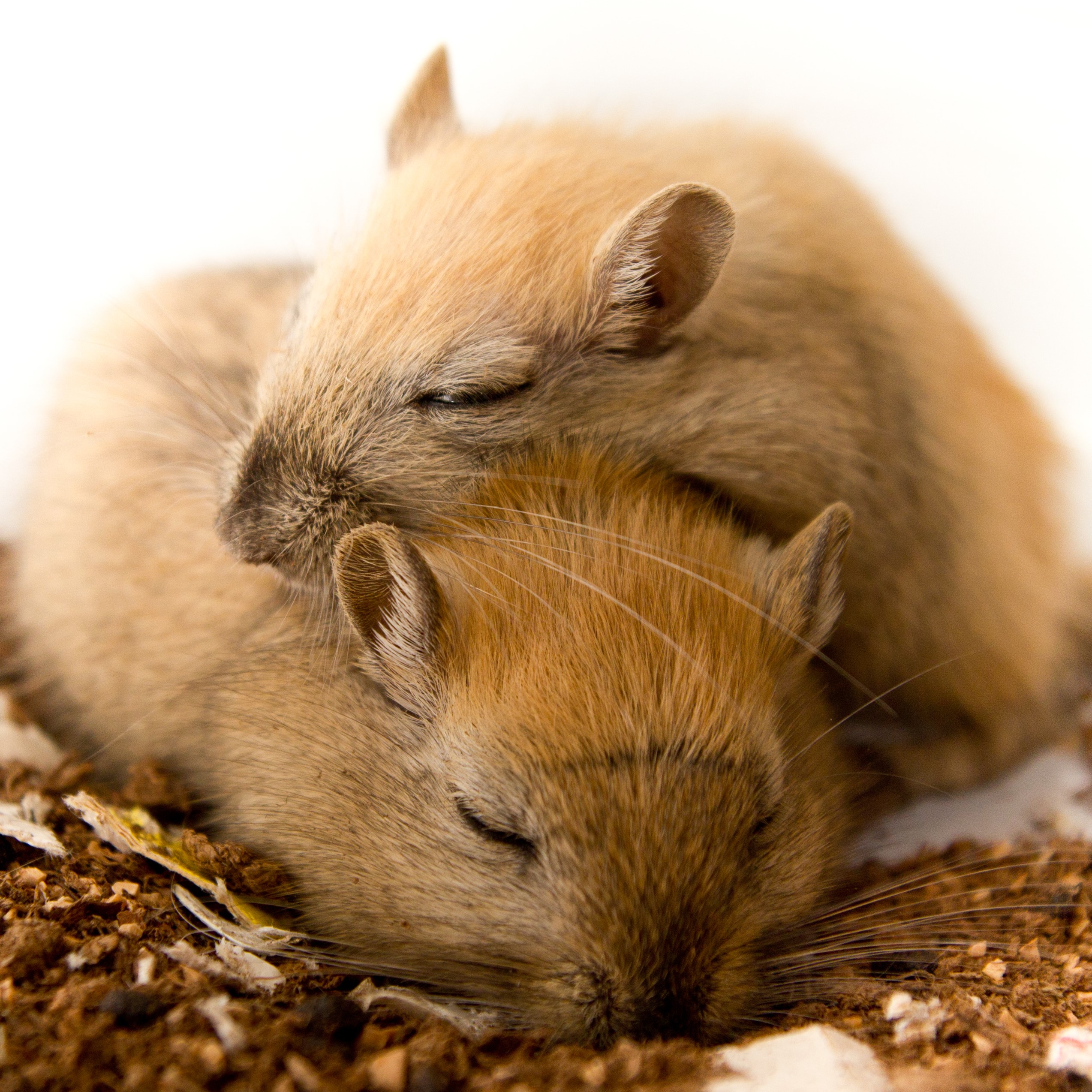Choosing the right habitat for your hamster
The well-being of your beloved hamster greatly depends on the habitat you provide. Choosing the right cage or habitat is essential to ensure your little friend has a safe, comfortable, and healthy place to live. In this article, we will discuss different cage and habitat options for hamsters and how to select the most suitable one based on the type of hamster you have, drawing from information provided by professionals and experts in small animal care.
General Considerations
Before delving into specific habitat options, it’s essential to understand some general considerations when choosing your hamster’s habitat:
Cage size: Cages should be large enough to allow your hamster to move around comfortably. A minimum space of 24×12 inches (60×30 cm) is recommended for dwarf hamsters, and more space for Syrian hamsters, which are larger. The larger the cage, the better, as hamsters are active animals that require space to explore.
Cage material: It’s recommended to use wire or acrylic cages with proper ventilation to maintain good air circulation. Avoid plastic cages, as hamsters can easily chew on them, potentially leading to health issues.
Hygiene: Ensure that the habitat is easy to clean. Hamsters are prone to generating waste, so regular cleaning is essential to maintain their health.
Habitat options
Cages with wire bars: Cages with wire bars are popular and provide good ventilation. Ensure that the spacing between the bars is small enough to prevent your hamster from escaping. Add enough bedding material at the bottom to allow for digging and tunneling.
Aquariums: Glass or plastic aquariums are excellent for retaining bedding material and facilitating easier cleaning. Ensure that the aquarium has a mesh lid for proper ventilation and to prevent your hamster from escaping.
Plastic cages with tubes: These cages offer an enriching environment for hamsters, allowing them to explore tunnels and passages. However, ensure that there is adequate ventilation and space to move around.
Modular habitats: Some owners opt for modular habitats that can be customized and expanded with accessories like exercise wheels, houses, and ramps. These options are suitable for those who want to design a unique home for their hamsters.
Considerations based on the type of hamster
Different types of hamsters may have slightly different habitat needs:
Russian Hamsters
Russian hamsters are another type of dwarf hamster and, although slightly larger than Roborovski hamsters, they are still considered small compared to Syrian hamsters. These hamsters are very sociable and enjoy the company of others of the same species, so it’s essential to consider the possibility of having more than one in the same cage. Due to their curious nature, provide a cage that allows them to explore and dig, as they enjoy creating tunnels and underground hideouts.
Roborovski Hamsters
Roborovski hamsters, also in the dwarf hamster category, are known for their boundless energy. Despite their small size, they require an enriched space and an exercise wheel to stay healthy. Cages with multiple levels and platforms provide them with opportunities to explore vertically.
Syrian Hamsters
Syrian hamsters are larger and more active, requiring a more spacious cage. Ensure that the spacing between the wire bars is small enough to prevent escapes.
Campbell’s Hamsters
Campbell’s hamsters are another type of dwarf hamster. Like Russian hamsters, they are sociable and can benefit from the company of other hamsters of the same species. Ensure that their cage has enough hideouts and toys to keep them busy and happy. Given their size, medium-sized cages with vertical space are an excellent choice for them.
Dwarf Hamsters
Dwarf hamsters, such as Russian or Roborovski hamsters, are smaller and can comfortably live in more compact cages. However, they still require enough space to move around and explore.





